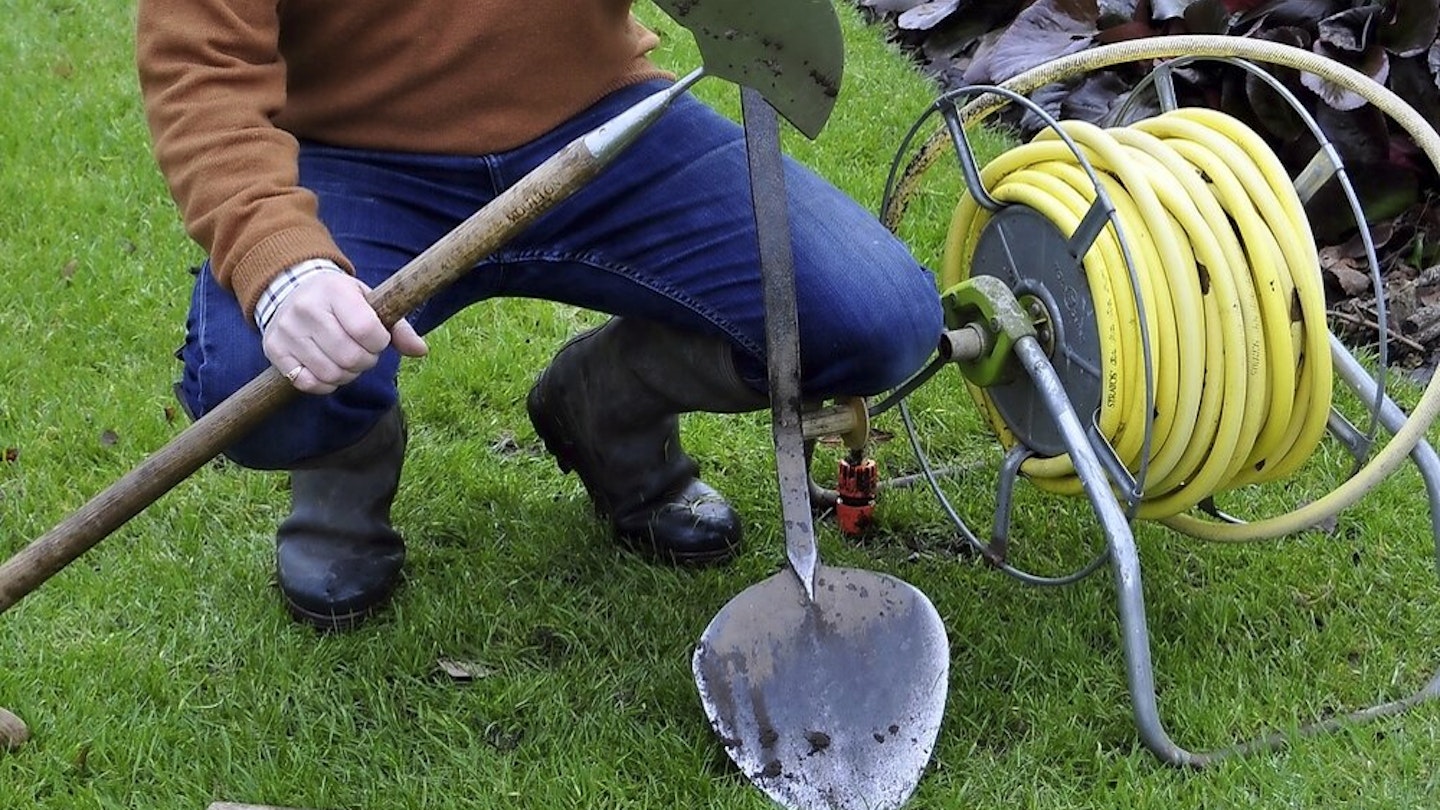While turfing is an excellent way to get instant lawn impact if needed – or if you’re impatient – it’s much more expensive than seeding.
Seeding is exceptionally easy and won’t cost the earth. Plus you’ll get a wider range of types of seed – hard-wearing, luxury, shady or general-purpose – whereas turves offer fewer choices.
Perhaps the most useful benefit, however, is that once you buy turves you have to lay them immediately, whereas you can delay seeding until the right conditions allow; warm soil, plenty of moisture and even temperatures. It’s a lot like sowing any plant. Of course you’ll have to wait until your sown lawn fills out, but given a month or two of water and sun it’ll have filled out by high summer.
It’s best to seed new lawns in the wetter months of spring and autumn so you’re giving it your best chance to establish, with all the moisture it needs to grow – also much like many plants. Consider what you’re using your lawn for and get the right mixture accordingly – gentle ambling, rough and tumble from children, or perhaps yours is in a shady spot? There are mixtures available for every situation. Read the ingredients on your seed packet – fine or turf ryegrass is what you’re looking for.
As with everything, you get what you pay for, and some cheap mixes aren’t so good, but aim for mid-range, expense-wise. You can get good quality brands cheaply from a chain store, so you needn’t spend much. Here are some tips to get you going…
TOP TIPS
- Prepare seed bed well. Eliminate weeds and dig site over to 25cm deep. Add compost or rotted manure and leave for a week or more to settle.
- Then tread your lawn several times to even out in different directions, rake evenly then tread again. Once firmed and level, rake again.
- Apply a sprinkling of general fertiliser such as Growmore or chicken pellets. Then seed the area evenly, not too thinly or thickly.
- Rake gently to distribute seed evenly. Water in if need be. Try to use the area little while growing. Buy extra seed to compensate for loss to birds.
